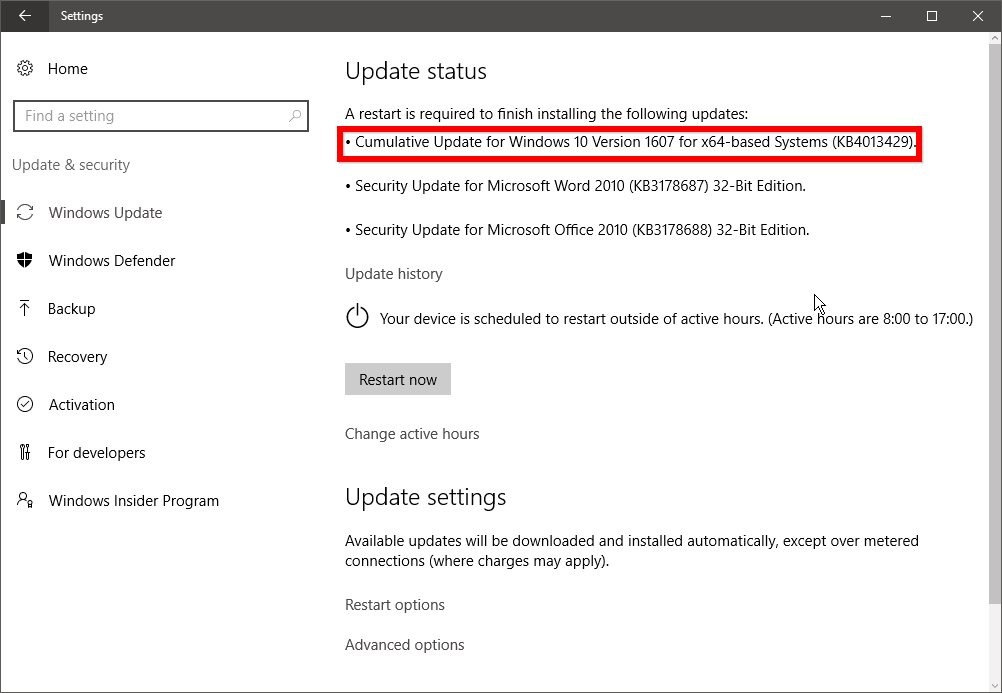

To see what launches at startup, press Ctrl+Shift+Esc to bring up the Task Manager. Some of your startup programs may be necessary to have running all the time, but plenty probably are not. The more programs you have set to launch at startup, the longer your computer will take to get into a usable state when you boot it up. Some folks also recommend changing your Boot Order Priority (making sure your hard disk is at the top of the list, rather than a DVD drive or network boot), but I've never found this to move the needle much.Įvery motherboard is different, so poke around your UEFI/BIOS settings to see if there are any other features you can enable or disable to speed up the boot process-your motherboard or PC manual may point you in the right direction. Reboot your computer, press Delete to enter the BIOS setup (or another key, if prompted), and search for any fast boot settings in the menu. If you're overclocking or otherwise need regular access to the BIOS, you might want to leave this off, but most people could benefit from turning it on if it isn't already. Unlike Windows' Fast Startup, the Fast Boot setting (or whatever it's called on your motherboard) bypasses some of the initial tests your computer runs when it first starts up. Some computers have another Fast Boot setting in the BIOS. Be sure to click the Save Changes button when you're done.

If it's grayed out, you'll need to click the Change Settings That Are Currently Unavailable link at the top of that window first, then turn on the Fast Startup feature. From there, click Choose What the Power Buttons Do, and you should see a checkbox next to Turn on Fast Startup in the list of options. Head to Settings > System > Power & Sleep and click the Additional Power Settings link on the right-hand side of the window. On many machines, this may be enabled by default, but if you ever turned it off-or if for some reason it wasn't enabled on the desktop you built yourself-you can flip the switch pretty easily. Rebooting is unaffected, though, so if you run into problems with Windows Update or getting into your BIOS, you may have to restart your PC to perform those tasks rather than shutting down. It won't save your open applications, like hibernation will, but the under-the-hood OS will go into hibernation mode, helping you start up with a clean state faster. Essentially, this is a sort of halfway mode between hibernating and shutting down. Windows 10 has a feature called Fast Startup that does exactly what it sounds like, and this is an obvious first stop in your quest.



 0 kommentar(er)
0 kommentar(er)
